The word is on the street: 2021 will be the year of low code. We’ve heard it from many quarters across the application development market, from publications and department heads to and industry analysts and IT engineers. Forbes calls low code “The Most Disruptive Trend of 2021,” and Gartner predicts over 50% of medium to large enterprises will be using low code as a strategic application platform by 2023. Forrester even estimates 75% of all enterprise software will be built with low code this year.
However, declaring The Year of Low Code is old news. Some even proclaimed 2020 the year of low code. And the impact of the rise of low code has been forecast since at least 2017, while successful low-code platforms have been around for over a decade. In fact, low-code technologies were being patented in the early 2000s.
In short, although a lot of the engineering and DevOps world appears to have recently discovered its potential, low code isn’t new. At least not to everyone. Certainly not to us. We at Tresbu Digital have been working successfully in low code for years. As a result, we’ve developed some of our own unique perspectives on low code implementation and use, and have been writing about them for some time now.
That’s good news for those of you planning low code projects, because it means that by using our low code experience and knowledge, now you can launch on the best trajectory for your organization. Because we here at Tresbu Digital have been working successfully in low code in a variety of industries for nearly 14 years, I thought it would be helpful to share some tips and insights with you, including:
- A brief tour of low code’s unique potential and how it can benefit you
- Some pointers on licensing a low code platform
- Best practices for implementing a low code platform in your environment
- A primer on training and enabling citizen developers
- A peek into the future of low code and the kind of innovation it enables
In other words, I want to help you kick off YOUR “Year of Low Code.” I think it’s only fitting, because this is an auspicious year for Tresbu Digital as we begin 2021 with the announcement of our partnership with Mendix.
So let’s get started.
What’s in It for You?
Maybe a good way to start Your Year of Low Code is by learning more about why you should even care about it. The answer is deceptively simple: low code enables you to build valuable software without writing a single line of code. Your department’s employees can build their own applications. Obviously this means that your software development and update schedule is no longer at the mercy of your Engineering backlog. Perhaps not so obviously, low code lets you bring unprecedented depth of line of business experience (LoB) knowledge, and—dare I say it—agility to business application software. That’s because in the low code world, the people who actually use the software can create it with all the nuance and insight–and often all the features and functions–that only a subject matter expert and frequent user can instill into it. And these LoB experts can update the software on the fly to accommodate new needs or overlooked steps or to improve a process that was previously out of the users’ control.
Also, because low code applications can be developed quickly using LoB expertise alone, low code is the very embodiment of “agile development.” You can define a goal, develop an app to meet that goal, test it, and determine next steps all within a single 2-week sprint. At the end of each sprint, you can evaluate the results to decide whether to charge ahead, make minor adjustments, change direction altogether, or even suspend the project. Results are indisputable, and you can easily save work and re-purpose work between sprints. It’s the ultimate bite-sized, results-driven development model, which makes it both easy to fit into limited budgets and easy to sell to executive management.
Here at Tresbu Digital we routinely contract for 2-week sprints. We work with our clients to define the desired outcome from the sprint. If we don’t deliver those results at the end of 2 weeks (or whatever the agreed schedule), we don’t get paid. In other words, we stake both our pay and our reputation on the results we deliver—every single sprint. Clearly it’s not a model for the faint-hearted, but it works great for the bold and highly skilled—and their clients.
So now you have a perspective on the advantages of low code from an engineering, line of business, budget, and managerial point of view, and I’m just getting started sharing tips on how to make low code work for you this year. In my next blog, I’ll talk about what it means to start low-code development in your specific organization, as well as some best practices for implementing it. Until then, if you’d like to know more about low code development, the Mendix platform, or Tresbu Digital’s sprint-based agile approach to low code projects, please contact me to chat.
Tresbu Digital
NOW YOU CAN




